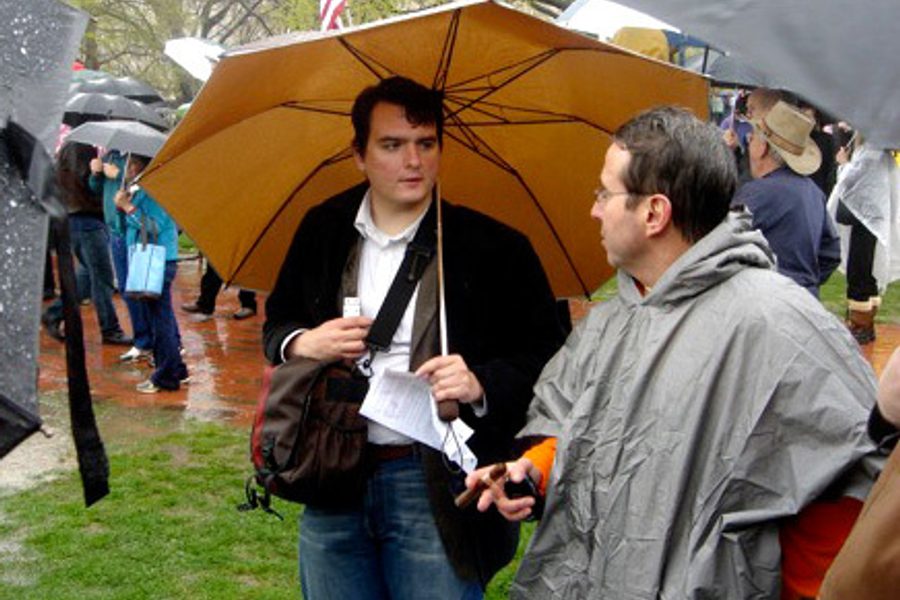I, for one, am glad that conservative beat reporter Dave Weigel resigned from the Washington Post on Friday for wishing (on a listserv, a member of which then leaked his e-mails) that Matt Drudge would “set himself on fire” and wishing Rush Limbaugh had died shortly after he was hospitalized with chest pain.
With Weigel gone, it means the Post might finally have the money to hire a labor journalist. Despite the labor movement’s 16 million dues-paying members, the newspaper has no full time labor reporter, unlike the New York Times, with Steven Greenhouse, or the Wall Street Journal, with Kris Maher. The Post’s National Politics Reporter Alec MacGillis writes 1-2 stories a month at maximum on the labor movement. Harold Meyerson writes occasional op-eds on organized labor, but does not do any investigative reporting.
Regardless of what you may think of Wiegel’s firing, or the Tea Party, he covered the day-to-day activities of the contemporary conservative movement in a fairly comprehensive fashion. Why then does the Post not grant similar full-time coverage to the labor movement?
In order to properly understand the American political landscape, including the Tea Party, you have to understand the labor movement. You can’t explain The Tea Party, essentially a populist identify movement, without explaining how it rose out of the failures of labor movement to achieve its populist aims. It’s no coincidence that Christian Coalition membership skyrocketed in the 1980s as union membership plummeted because of severe unionbusting and off-shoring (see my recent Working ITT piece for nore on this.)
As the labor movement faces extinction — private-sector union membership has dwindled to 7 percent — it’s important that we examine how the labor movement intends to stay alive and what losing the labor movement will do to the political landscape.
Furthermore, the labor movement has 16 million members who pay a portion of their monthly paychecks to the labor movement. These members’ livelihoods are dependent on the labor movement’s ability to advocate for them. These dues-paying members deserve honest assessment of what their elected union leaders are doing to keep a declining labor movement alive.
As a labor journalist, the biggest story of the year to me was an investigative piece by Mark Brenner of Labor Notes titled “Unions’ Top-Heavy Salaries a Drag on Organizing.” The study showed that capping union official’s total anual compensation at $150,000 would annually save the labor movement $143 million dollars. (To put in perspective what the labor movement could do with an extra $143 million, consider the fact that the AFL CIO’s budget is $153 million. At a time when the labor movement is struggling to organize new workers, this money could be dedicated to doing just that.)
However, no mainstream media outlets covered the story, just as they so often miss stories of critical importance to the labor movement’s 16 million union members.
So instead of progressives getting upset about the firing of Weigel, a self-described pro-business libertarian, I suggest they instead get upset about the lack of a labor journalist at the Post. Having coverage of the labor movement is far more important to our movement than the type of tabloid style reporting Weigel was providing about the fringe right.









